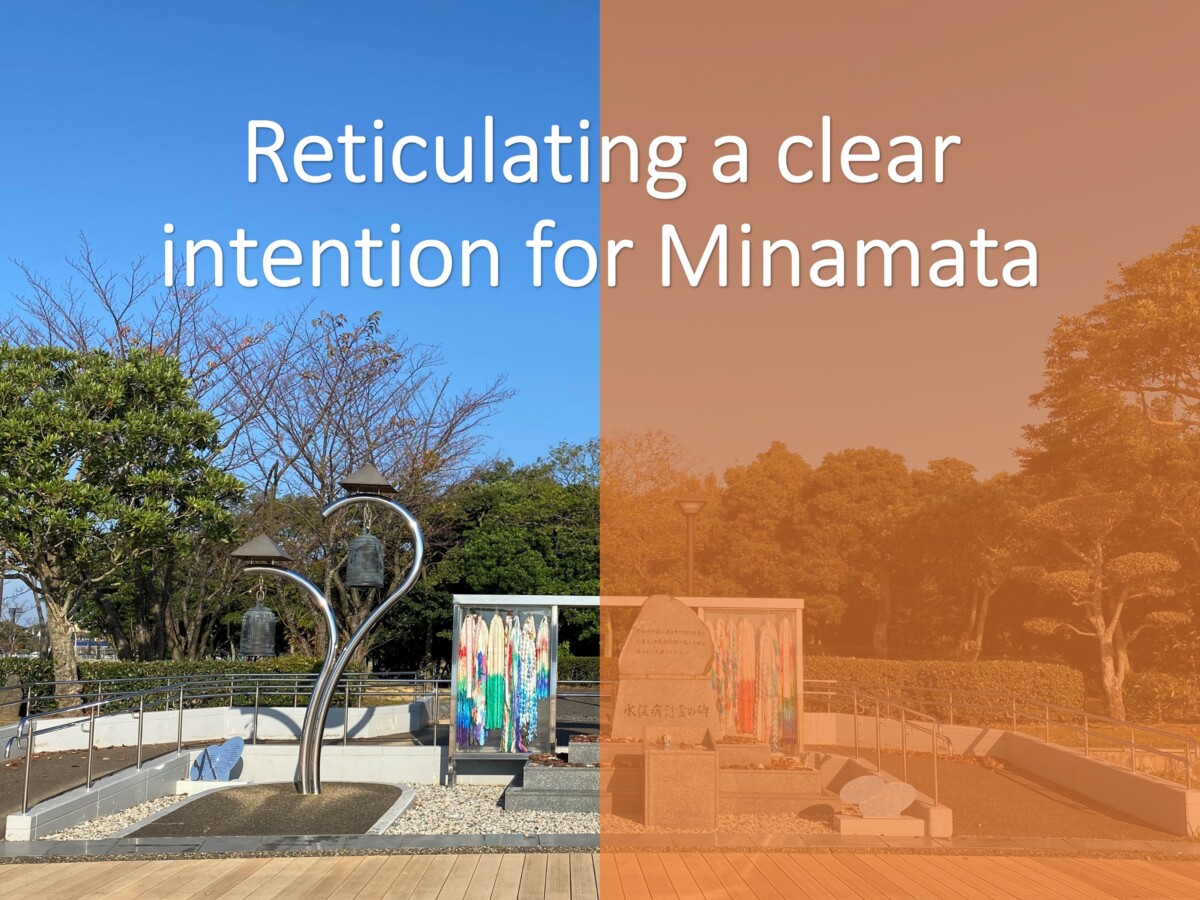
水俣の明確な意志として
水俣は、全国に先駆けて、環境のためにゴミを23品目にわけて出すことを決めた。市民は、それを当たり前のようにやっている。なぜ、そんなことができるのか。それが、水俣市民の未来に向かう意志だから。
(by Minamata Impact)
Believe it or not, Minamata has a rule that for the sake of the environment, garbage should be disposed of in 23 separate gates. Citizens do this as a matter of course. Why are they able to do such a thing? Because it is the will of Minamata citizens toward the future.
(by Minamata Impact)
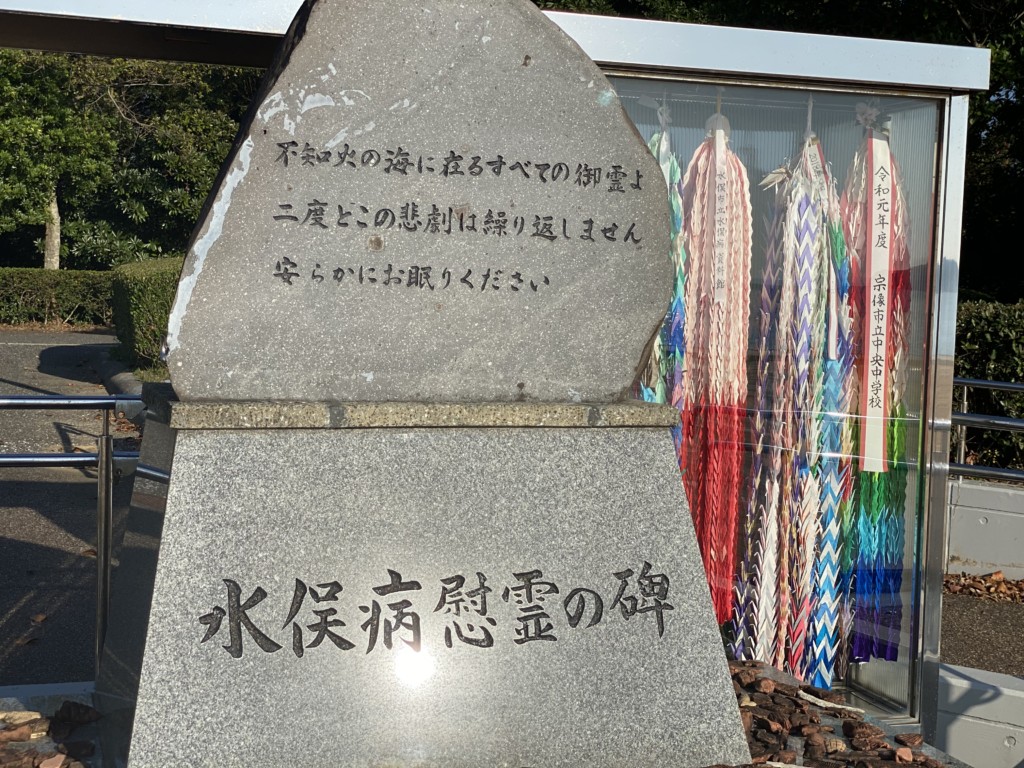
以下、水俣市企画・監修「水俣堂々」より抜粋。
The following is an excerpt from “Minamata Dodo” planned and supervised by Minamata City.
有機水銀により海が汚染され、公害病が発生したまちとして水俣は世界的に知られた。この体験を広く伝え、こうした不幸な出来事を二度と繰り返してはならないという強い決意にもとづき平成4(1992)年、「環境モデル都市づくり宣言」を行い、新たなまちづくりをスタートさせた。できることは、暮らしのなかの小さなことから始めていく。たとえば宣言の翌年から始めた「ごみ分別」の試みなど。
これからも、ひとりひとりが環境再生や環境保存に高い意識を持ちつづけるという意志、それは公害病の困難と向き合ったまちだからこその責任ととらえている。
Minamata gained global notoriety as a city whose ocean, polluted by organic mercury, gave rise to Minamata disease. The city began its reconstruction process, with the aim of becoming a “model environmental city” in 1992, to broadcast their experiences as widely as possible and help ensure that such an incident would not happen again. They would start small—for example, by separating trash more rigorously, which they started doing in 1993.
The intention of the city is to raise awareness in each and every individual about the importance of environmental reconstruction and protection. As a city that has had to confront a pollution-related disease, they see it as their responsibility to do so.

コメント ( 0 )
トラックバックは利用できません。











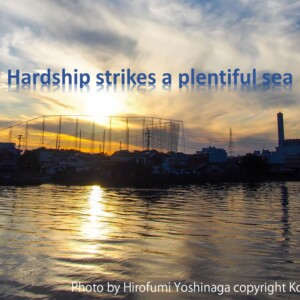
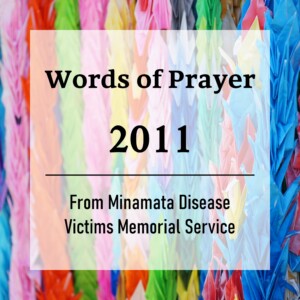

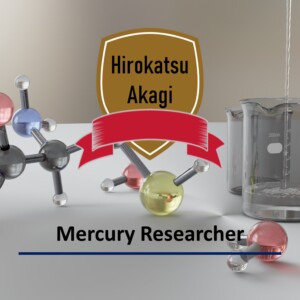
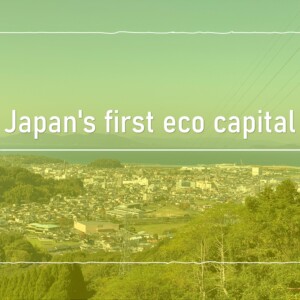

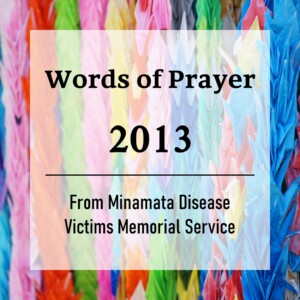
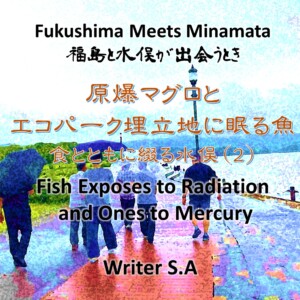
この記事へのコメントはありません。